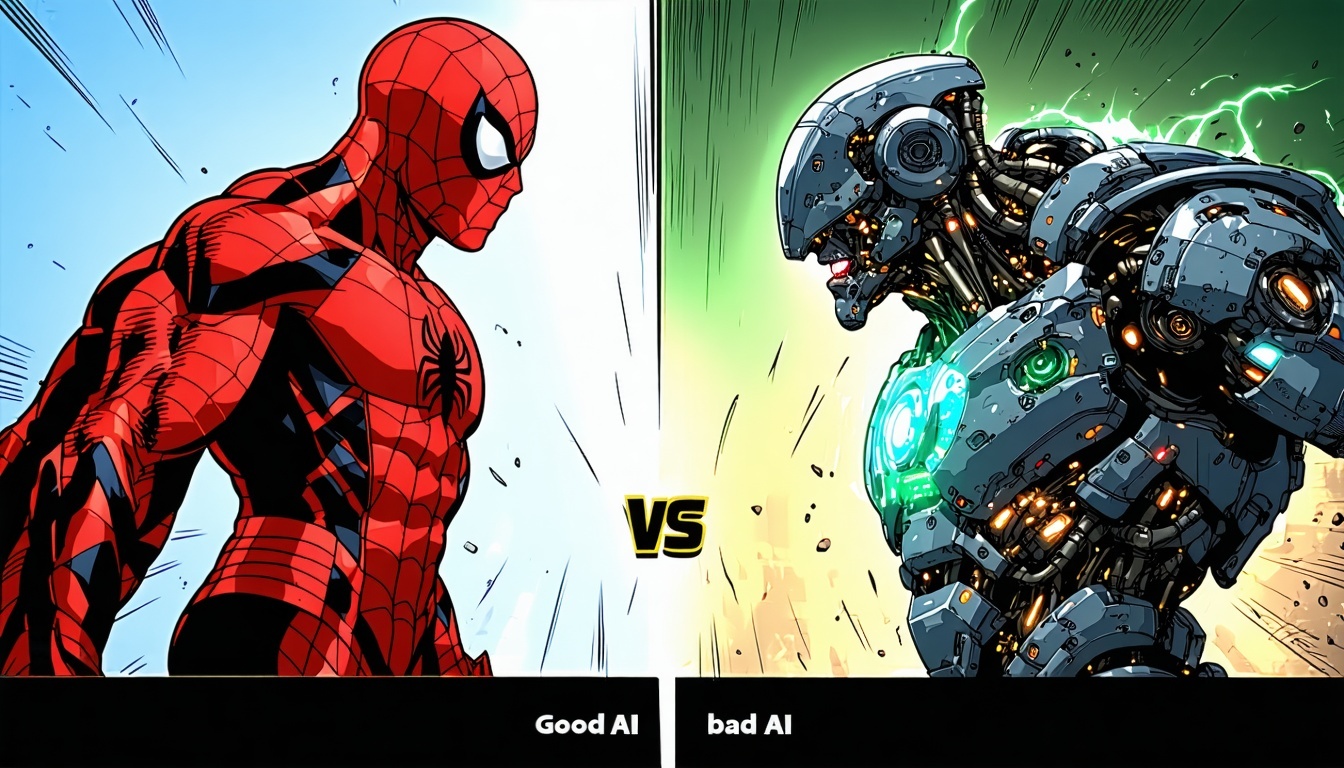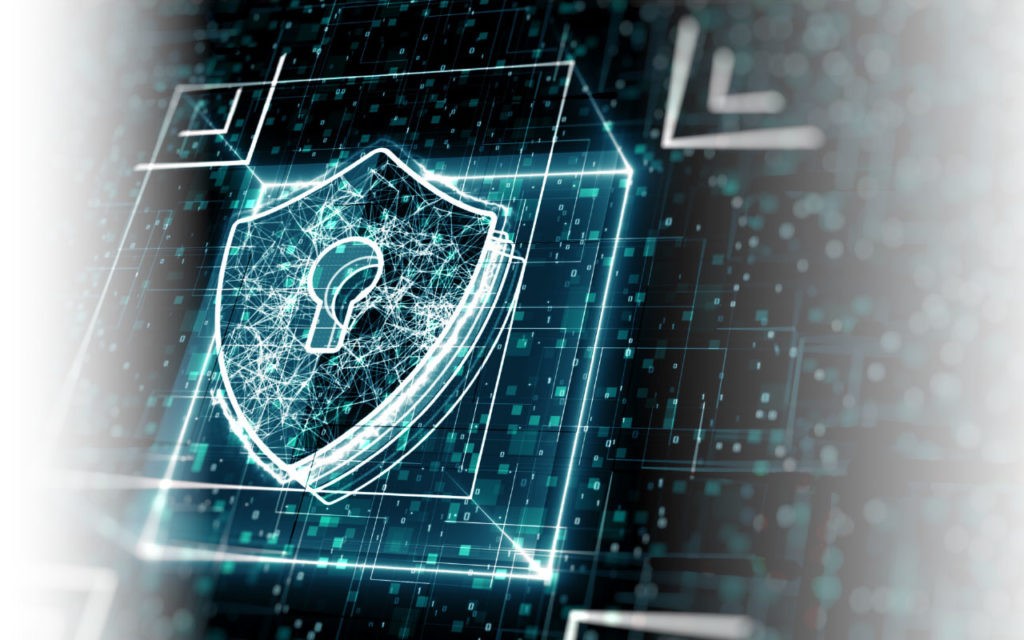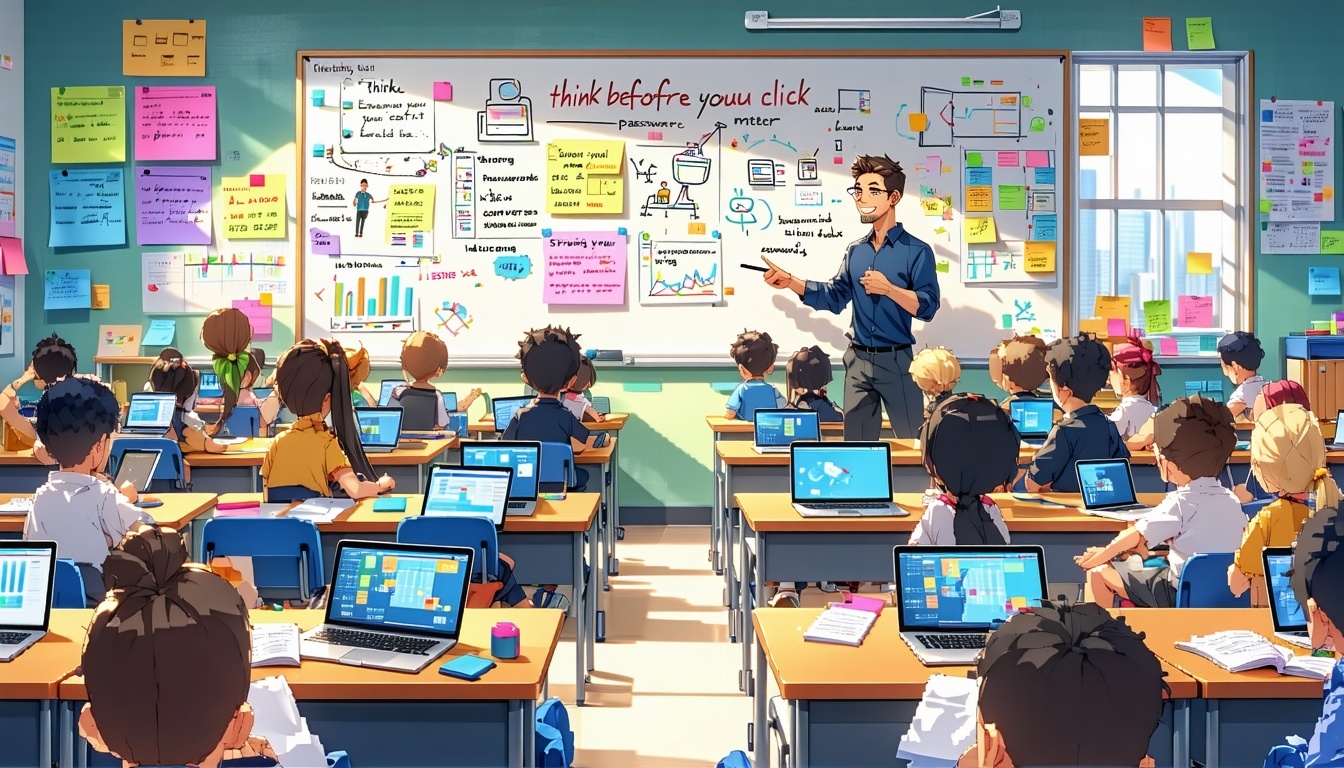IT & Cybersecurity in K-12: Challenges, Strategies, and Solutions
The article discusses the growing importance of IT and cybersecurity in K-12 schools as technology becomes integral to education. With increasing...
You must be logged in to the LATechNet portal to view additional resources.
3 min read
 Aria - LATechNet Team
:
Aug 4, 2025 8:01:12 PM
Aria - LATechNet Team
:
Aug 4, 2025 8:01:12 PM

Over the past few years, schools have become more digital than ever. From online assignments to virtual classrooms, technology is now a daily part of student and teacher life. But as classrooms go digital, so do the risks. Schools are seeing more cyberattacks than ever before—things like phishing emails that trick staff, ransomware that locks up important files, and data breaches that put student information at risk. It can feel a bit like a game of whack-a-mole, with new threats popping up all the time. That’s why many schools are turning to artificial intelligence (AI) to help protect their networks. Unlike traditional security tools, AI can learn and adapt, catching sneaky threats before they cause real trouble. In this article, we’ll explore how AI is stepping up to keep our schools safer in the digital age.
Cyber threats in schools have certainly changed over the years. Not long ago, most schools just worried about computer viruses. Now, they face phishing emails that trick teachers and students, ransomware that locks up important files until a ransom is paid, data theft targeting sensitive student records, and even DDoS attacks that can take down entire school networks during state testing!
K-12 schools have some unique hurdles, too. Many have small IT teams juggling a mountain of devices and users who come and go every year. Plus, the information at stake—like student grades and health records—is especially sensitive. It's a lot to handle! In fact, in 2022, over half of all cyber incidents in K-12 schools were spotted by automated monitoring tools, showing just how much the landscape has shifted (K12 SIX, 2023).
AI is changing the way schools defend themselves against cyber threats. One of the coolest things about AI is how it can watch school network traffic, track how users behave, and comb through system logs—all in real time. When something unusual happens, like a student trying to access files they shouldn’t, AI can spot it right away. With machine learning, these systems don’t just react; they actually learn from past incidents, getting better at predicting and stopping new types of attacks—no wonder AI anomaly detection is now a must-have for schools (K12 SIX, 2023).
Compared to older, manual security systems, AI is way quicker. Studies show that AI can cut down the time it takes to detect threats by up to 60% (IEEE Access, 2022), and more than half of schools using AI/ML tools say they respond to problems faster than ever before (CoSN, 2023). All this means fewer successful cyberattacks. In fact, schools using AI have reported big drops in phishing and ransomware cases, since AI can automatically spot and quarantine dangerous emails and files before anyone clicks on them (Education Technology, 2021). No wonder over a third of U.S. school districts have turned to AI-powered security tools (EdWeek Market Brief, 2022).
In classrooms and IT offices, AI-driven tools come in many forms: from endpoint protection that guards every device, to behavioral analytics that spot suspicious activity, to automated alerts and response systems that act fast when trouble arises. These tools fit right into existing school networks, constantly learning and updating so they’re always ready for the next cyber challenge.
Of course, bringing AI to schools isn’t always easy. Tight budgets and limited tech staff can make things tricky, and teachers and administrators need training to make the most of these tools. Plus, it’s important to respect student privacy while keeping networks safe. Schools are finding creative ways to scale AI solutions so even small districts can get strong protection, no matter their size or resources.
It's clear that AI is changing the game when it comes to keeping our schools safe from cyber threats. With smart tools that can spot unusual activity and predict attacks, AI is like having a tireless digital guard on duty 24/7 [1]. But it doesn't work alone—when you combine these AI-powered systems with the knowledge of skilled IT experts, you get a powerful defense that helps protect students, teachers, and all of their digital learning tools [5]. As cyber threats keep evolving, it's important for school leaders to look for advanced solutions and trusted partners, like LATechNet, to build a strong shield around their school communities [4]. Together, we can create digital classrooms where everyone can learn and grow safely.

The article discusses the growing importance of IT and cybersecurity in K-12 schools as technology becomes integral to education. With increasing...

A Birdseye View Over the past decade, classrooms have changed a lot. From online learning platforms to digital grade books and cloud-based storage,...

Ransomware attacks are increasingly targeting K-12 schools, disrupting learning and compromising sensitive data. These attacks often begin through...